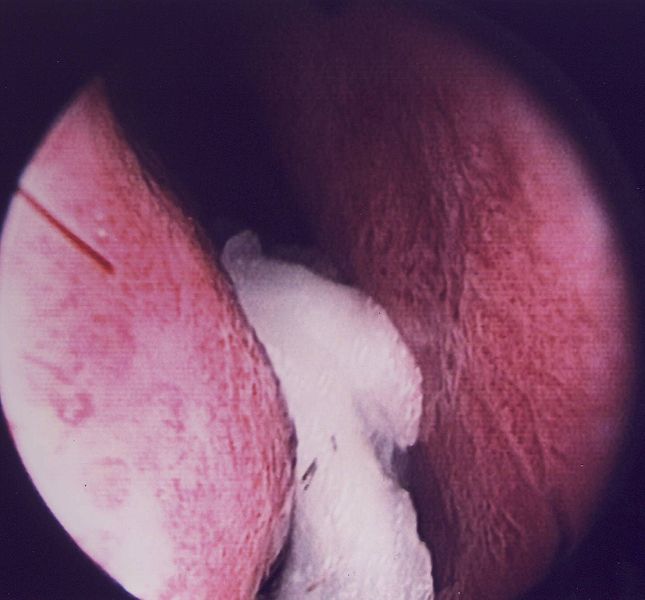How To Avoid Empty Nose Syndrome. Salt water (saline) rinses and petroleum jelly (e.g. Many also remove other vital structures in the nose such as the middle turbinates and ethmoid sinus cavities which also may leave the patient with empty nose syndrome.

Nasal humidification, patient education, and treatment of.
How Turbinate Reduction & Balloon Sinuplasty Can Help A reduction of the turbinate with a technique similar to liposuction is the correct procedure (submucosal turbinate reduction).
Salt water (saline) rinses and petroleum jelly (e.g. It is normal to have impaired mucociliary clearance after any nasal/sinus surgery. In patients with removed turbinates, the X-ray of the the nose looks empty to your doctor, hence the term, "Empty Nose Syndrome" (ENS). But, like a garden hose, when the hose opening is wide open, the water has very little pressure and comes out only inches. What to know about empty nose syndrome? In ENS the turbinates have been removed or severely reduced.
Rhinoplasty and septoplasty by themselves do not lead to ENS, either. I went to doctor recently and he recognizes empty nose syndrome but told me it can take sometimes long for the nerves to completely heal. The dryness has improved a bit though. However, progress is being made and the condition is being studied more and more. Empty nose syndrome (ENS) is a clinical nasal syndrome that prevents an individual from being able to contract proper airflow to and from their nasal cavities. This syndrome is particularly complex, however, as those affected by it do not have anything obscuring their nasal passages, but feel as though they do.
It is normal to have impaired mucociliary clearance after any nasal/sinus surgery. It refers to the fact that a patient's CT scan looks empty, or devoid of normal tissue, following nasal surgery, specifically turbinate excision. Unfortunately, it is still not very well understood and many doctors are unfamiliar with it.





